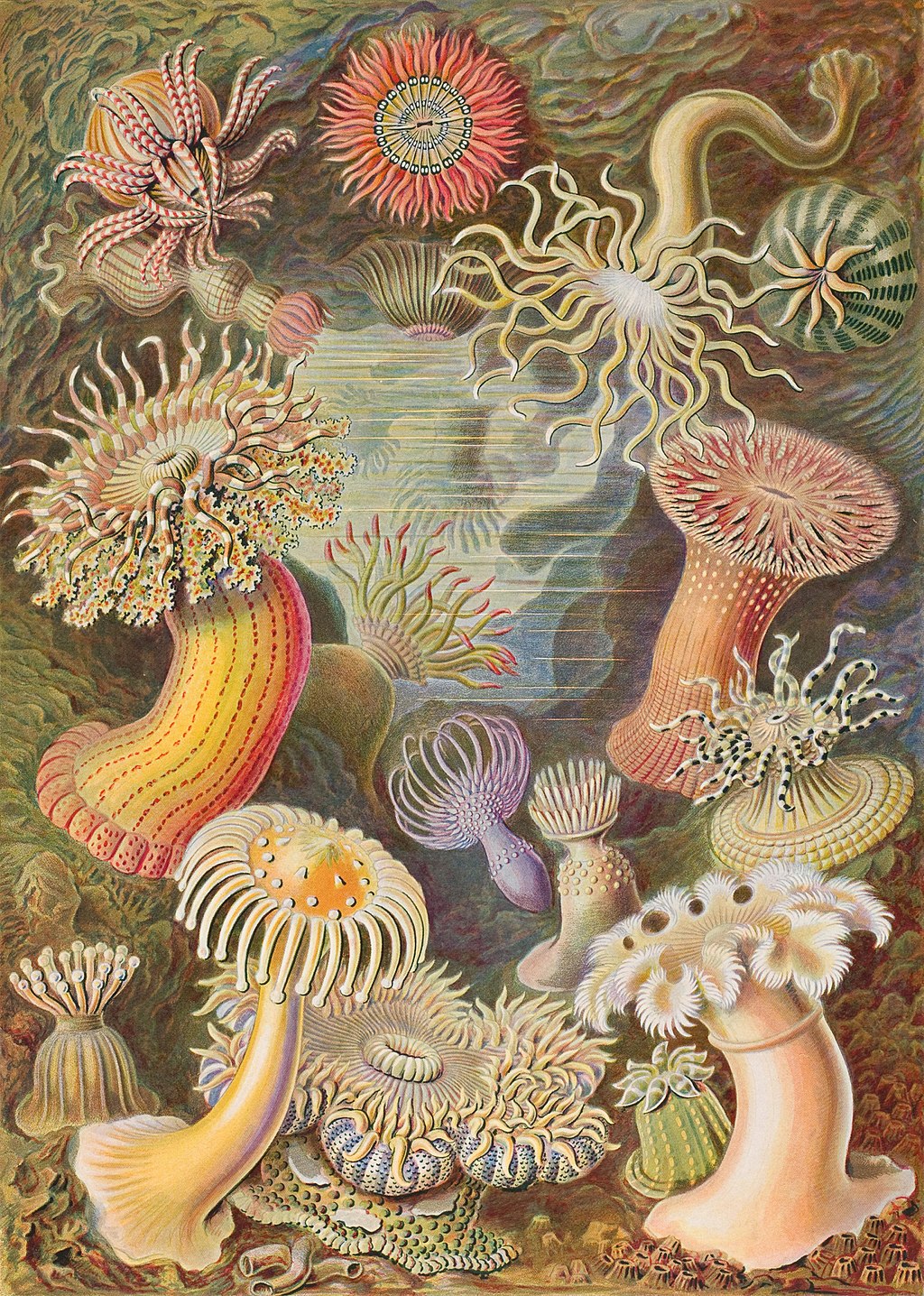Biological illustrations
Posted on
Historically, biological illustrations have been in use since the beginning of man's exploration and attempts to understand the world around him. The paleolithic cave paintings were so detailed that we can even recognize species and breeds of many of the depicted animals today. For example, in the Chauvet-Pont-d'Arc Cave (circa 30,000 BC), at least 13 different species have been identified. In one prehistoric cave (circa 15,000 BC), there is a drawing of a mammoth with a darkened area where the heart should be. If this is indeed the intention of the illustration, it would be the world's first anatomical illustration.
In the Alexandrian era (356 – 323 BC), the Greek physician Herophilus, now known as the father of anatomy, performed public dissections and recorded his findings. In the 1st century AD, Pedanius Dioscorides compiled the De Materia Medica, a collection of medicinal information and recipes, containing illustrations of about 600 plants in all.
During the Renaissance, artist and scientist Leonardo DaVinci famously sketched his observations from human dissections, as well as his studies of plants and the flight of birds. In the mid-16th century, the physician Andreas Vesalius compiled and published the De humani corporis fabrica, a collection of textbooks on human anatomy superior to any illustrations that had been produced until that point. In the early 1600s, the explorer Étienne de Flacourt documented his travels to Madagascar, and illustrated the unique fauna there, setting a precedent for future explorers as world travel became a more feasible reality.

49th plate from Ernst Haeckel's Kunstformen der Natur of 1904, showing various sea anemones classified as Actiniae.
During his five-year voyage of the HMS Beagle, Charles Darwin wrote and illustrated the The Voyage of the Beagle, which was published in 1839. In the beginning of the 20th century, one of the most prolific biological illustrator, Ernst Haeckel, discovered, described, and named thousands of new species, and his published work, Kunstformen der Natur, contained hundreds of prints of various organisms, many of which were first described by Haeckel himself.
Eric
September 21, 2017
Great post! Thanks for sharing. I love how Biological illustrations can be found in use in history and anatomy textbooks, nature guides, natural history museums, scientific magazines and journals, botanical gardens, zoos and aquariums, surgical training manuals, and many more applications. It’s a great way to explain complex ideas.
Leave a comment:
Quick links
Contact us
1360 Lombard Street
San Francisco, CA 94109
support@company.com
About us
Our products bring together the finest materials and stunning design to create something very special. We believe in creating unique products that everyone can enjoy.

